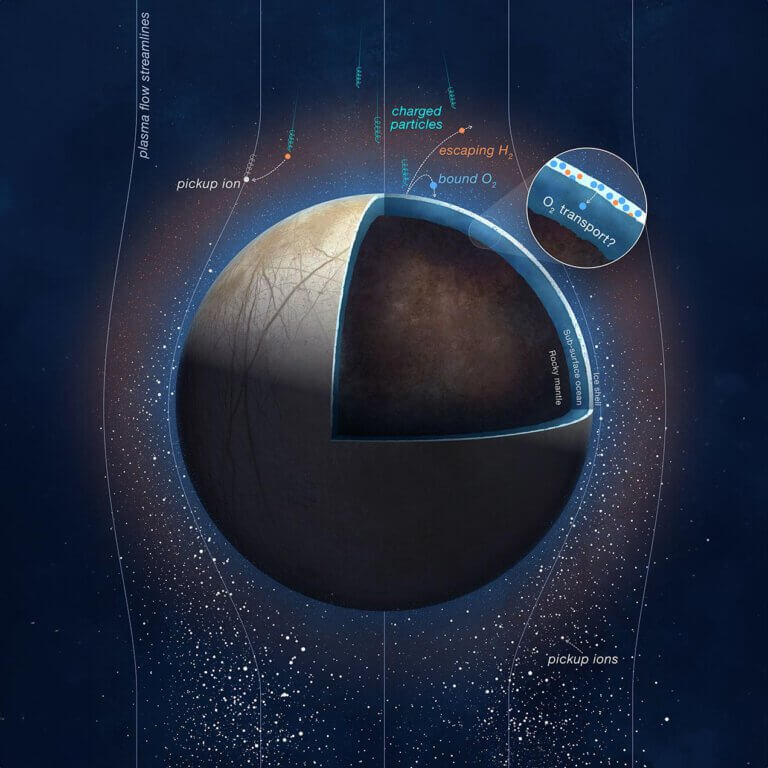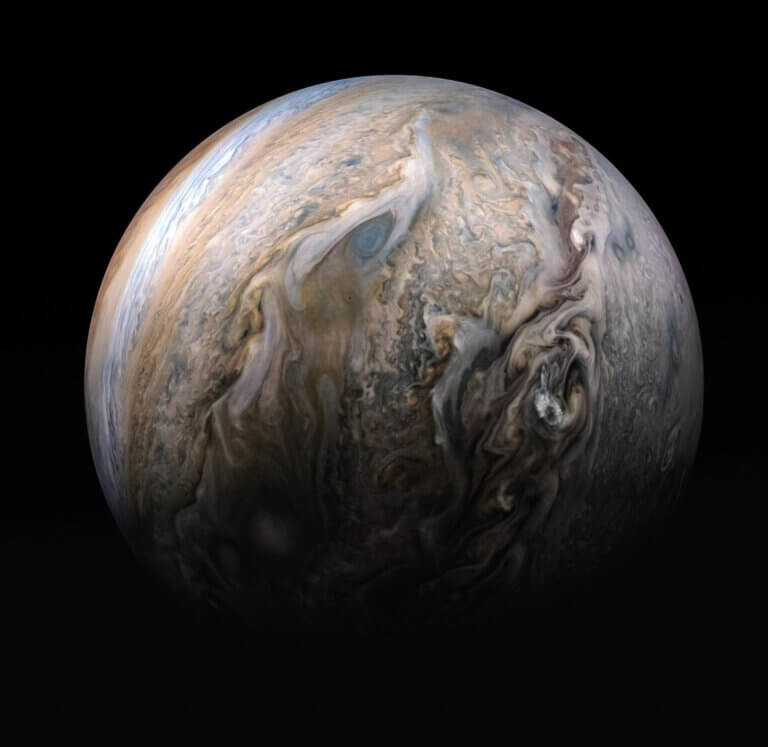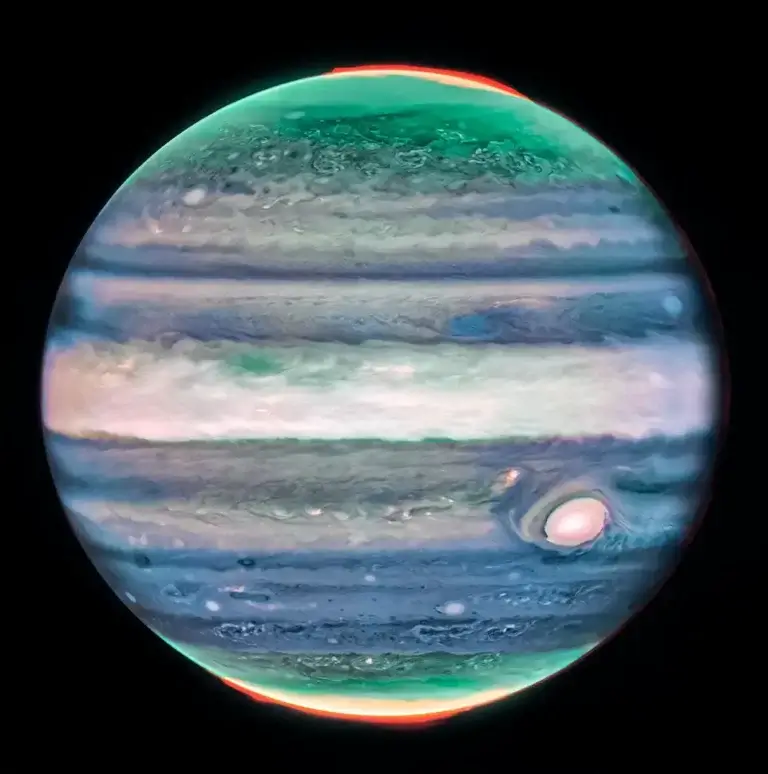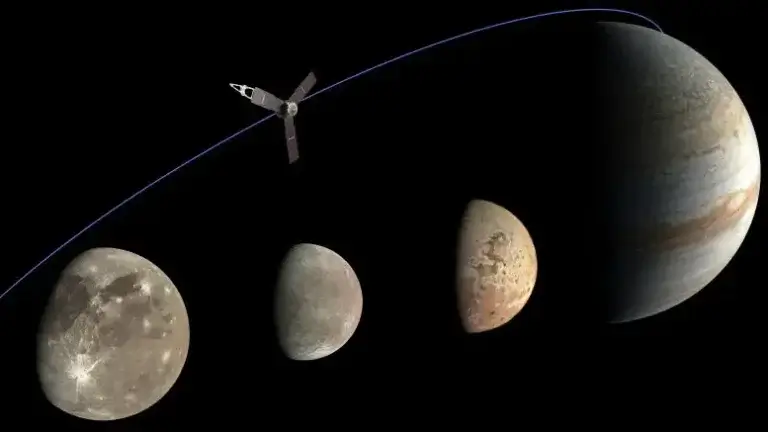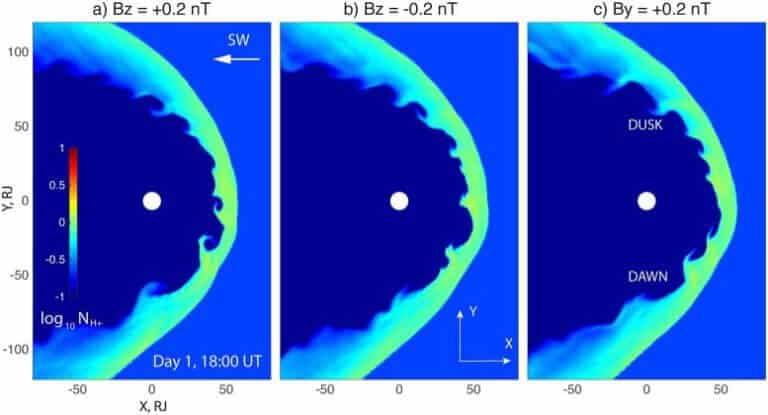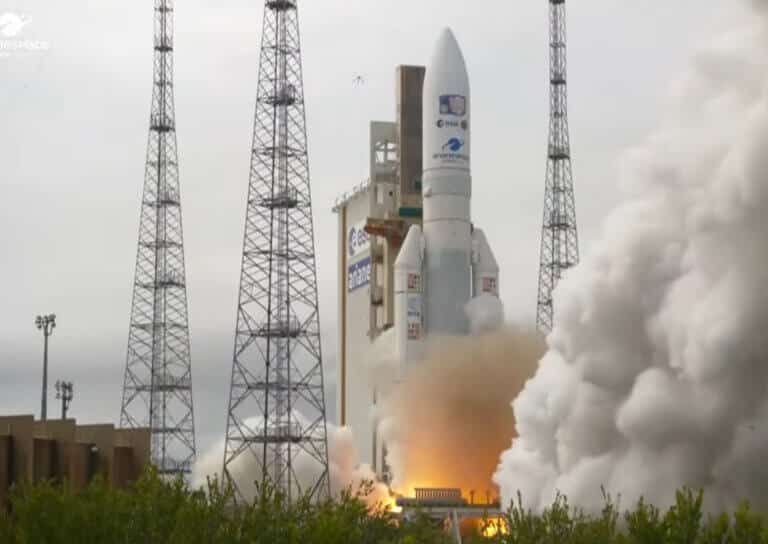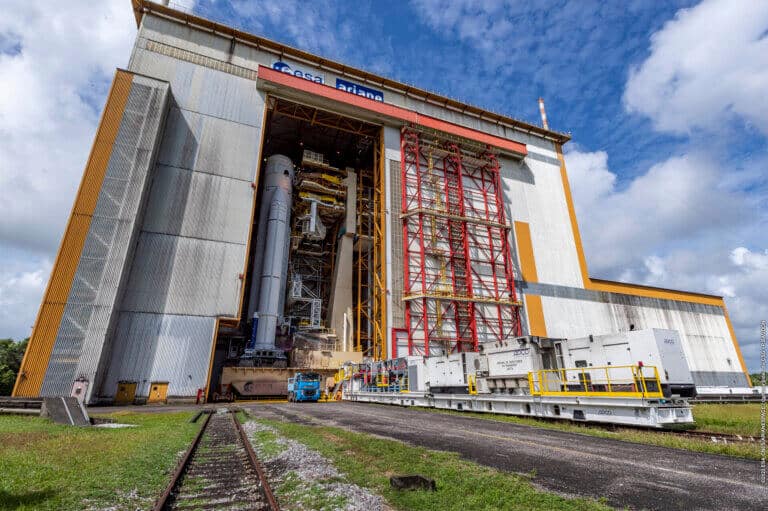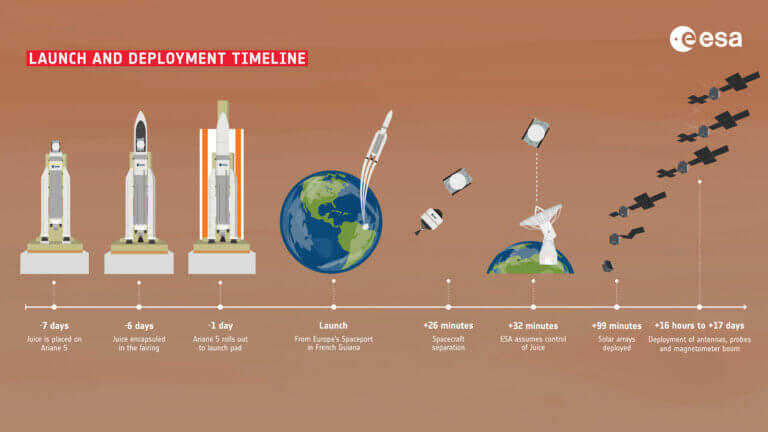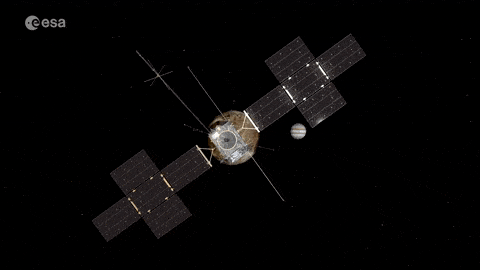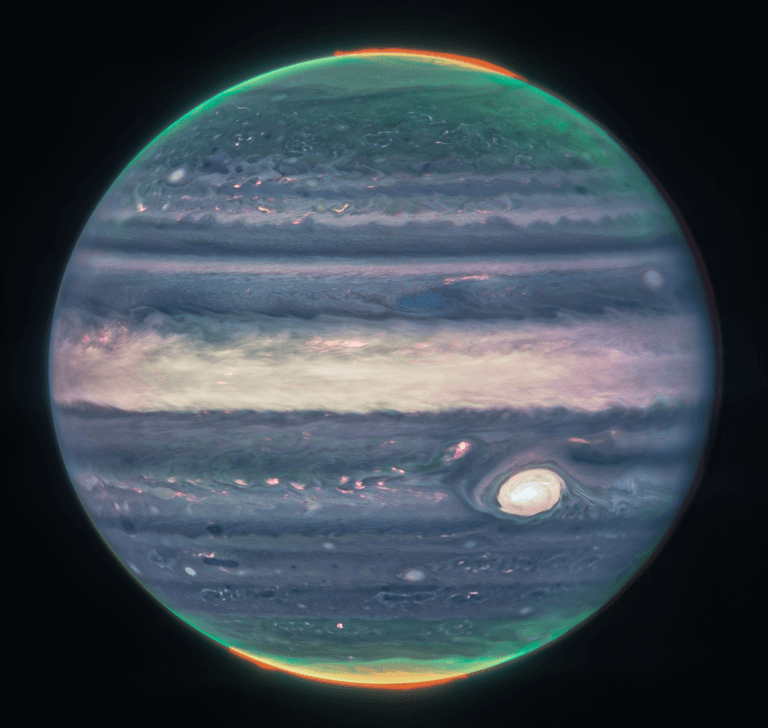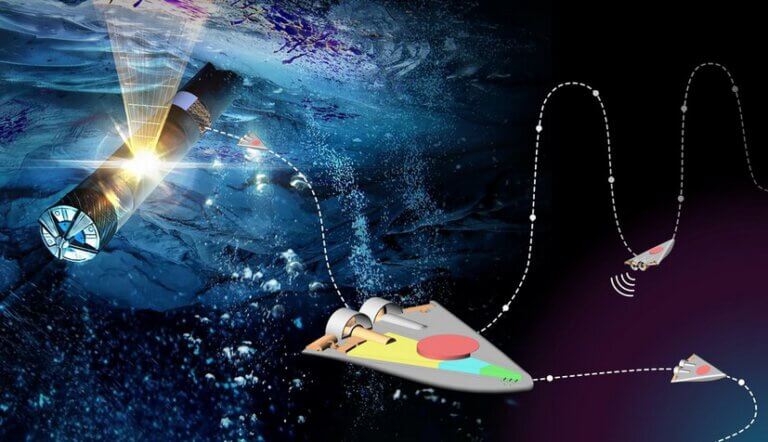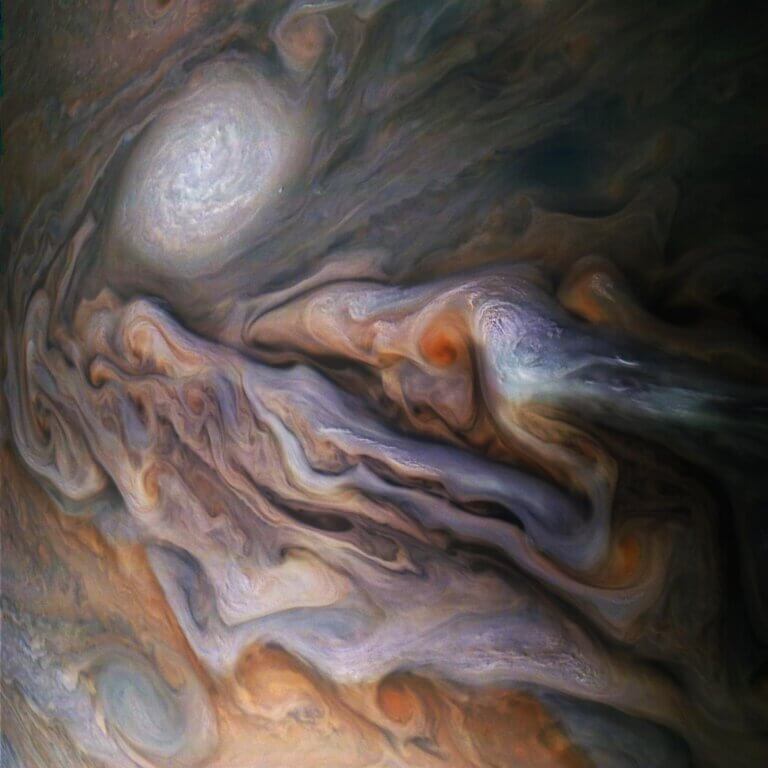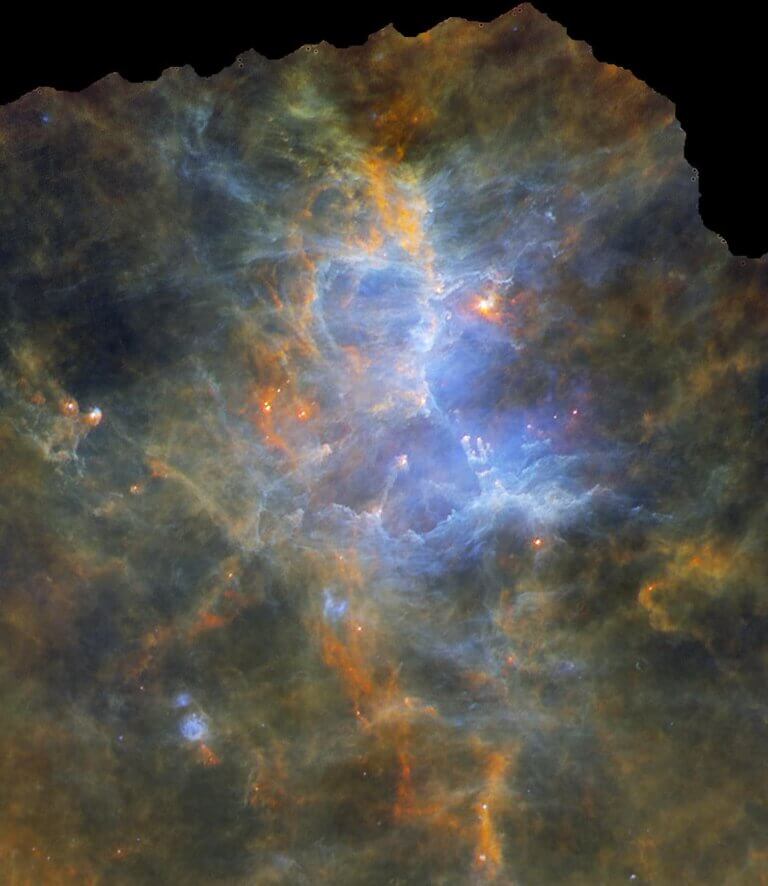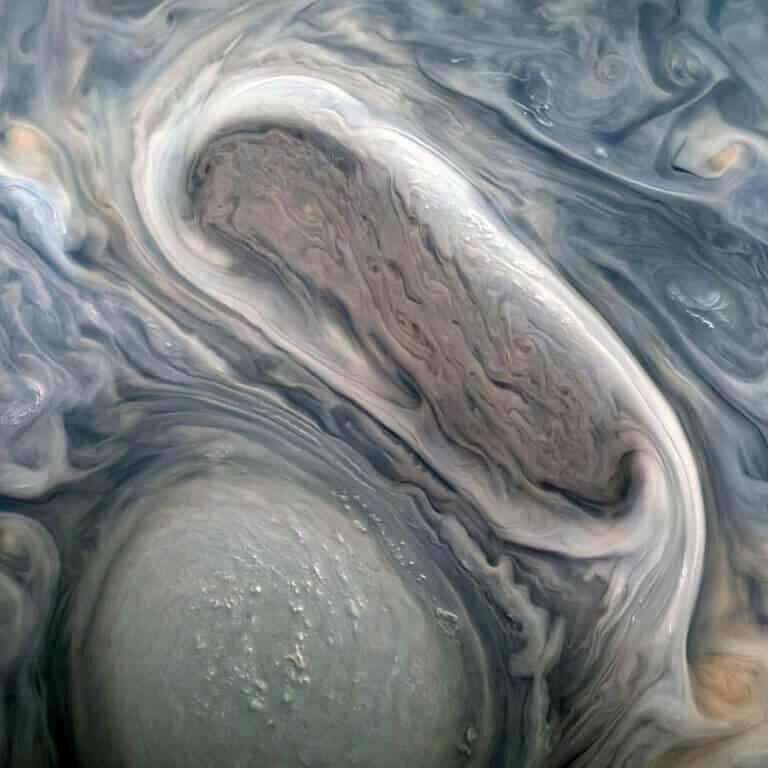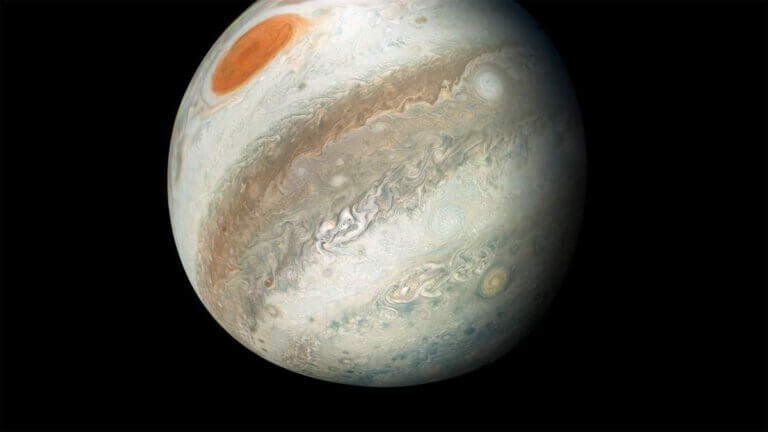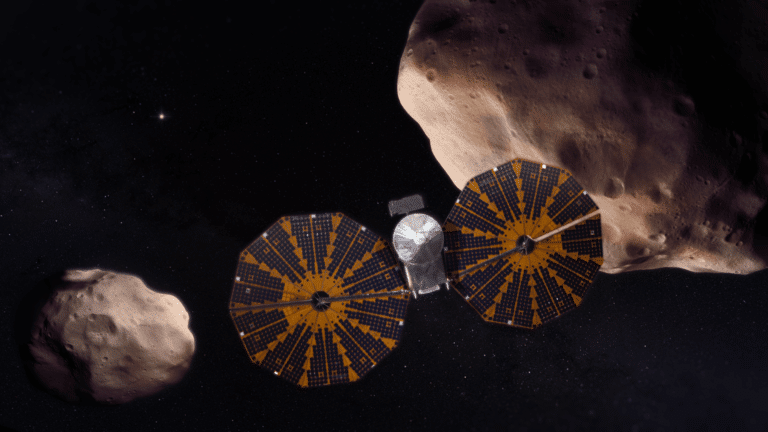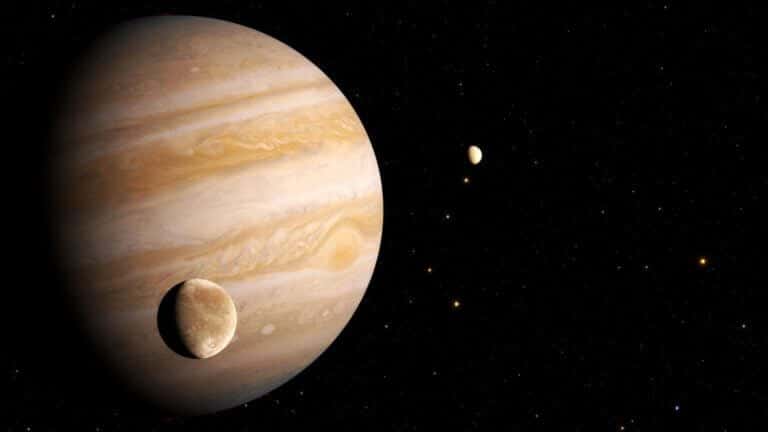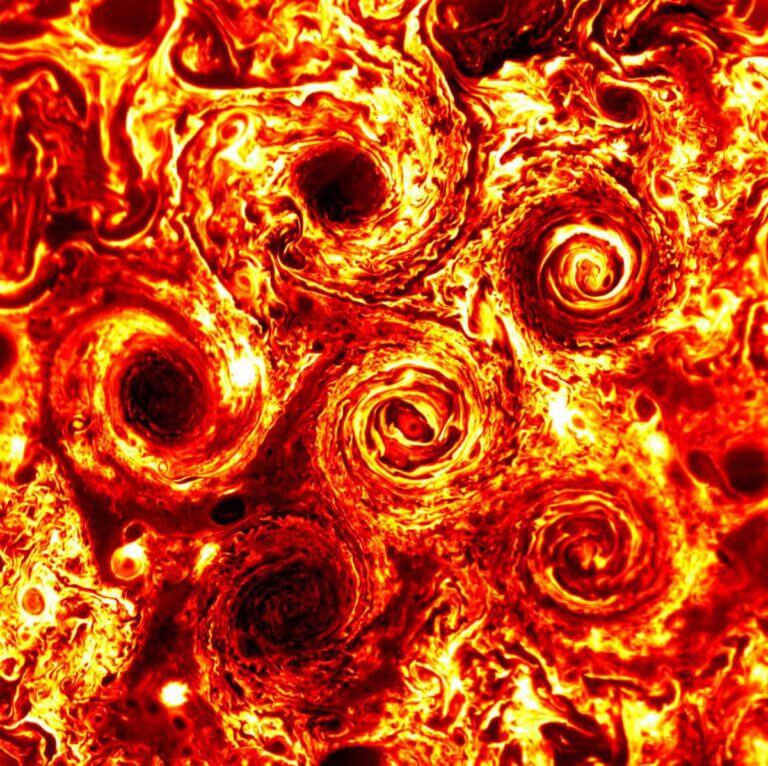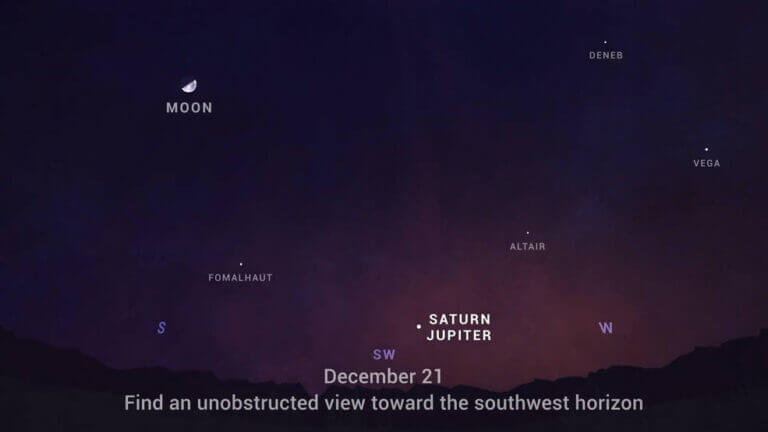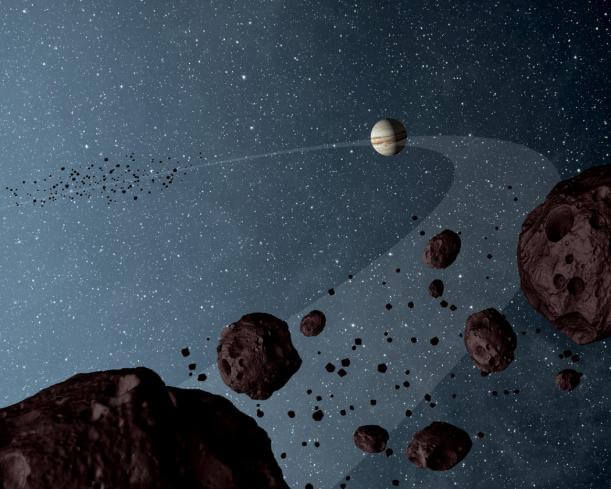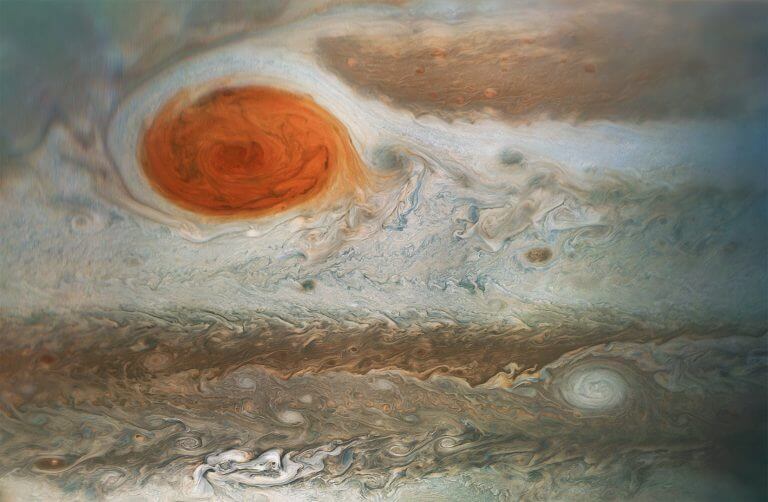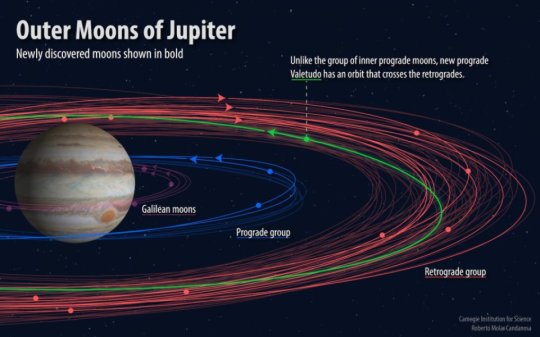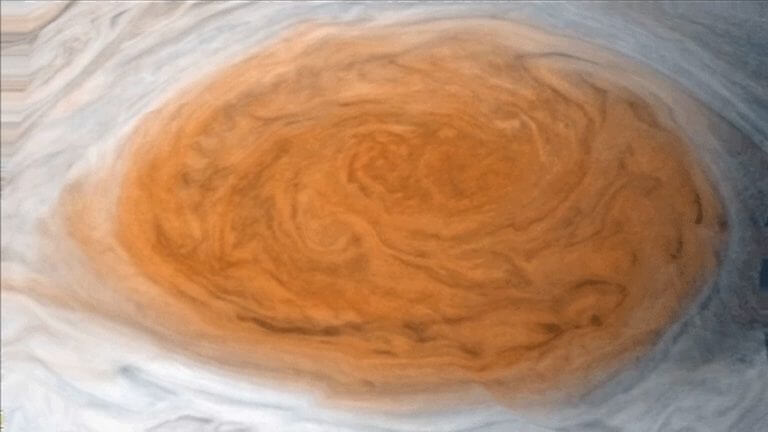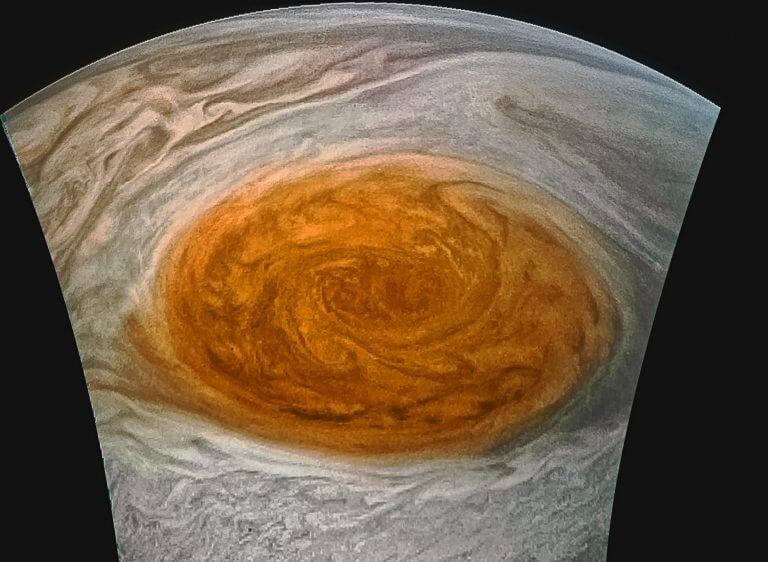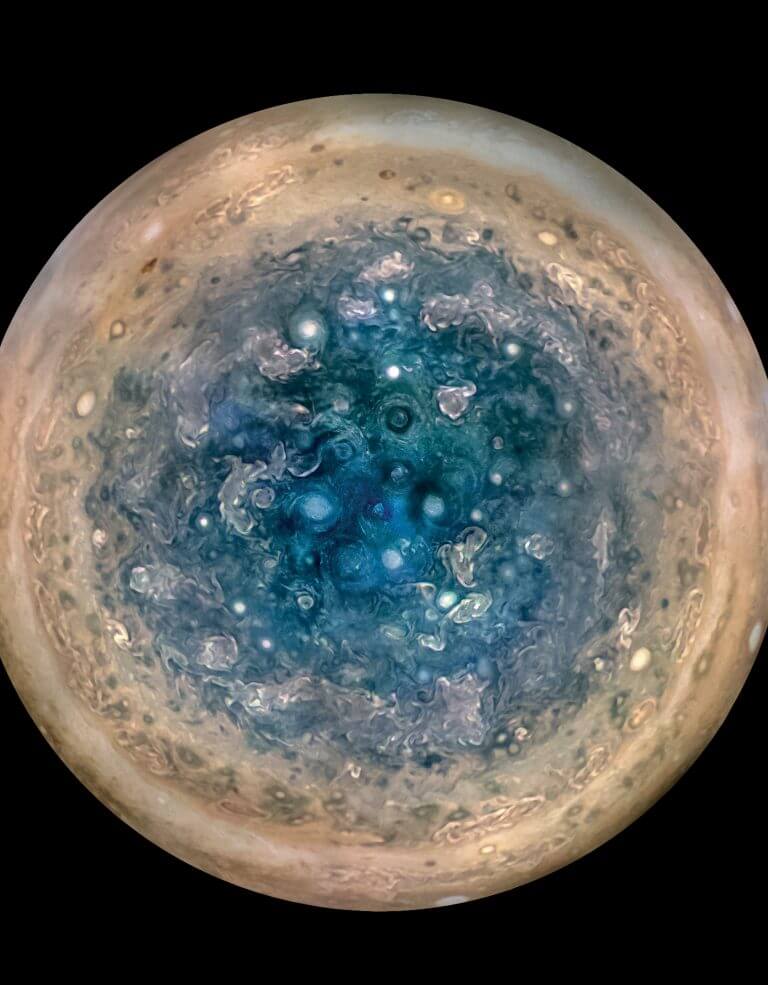Hayadan > Space and astronomy > Solar System > Jupiter
Jupiter
- Avi Blizovsky
- April 3, 2024
- 2 תגובות
NASA's Juno spacecraft directly measured charged molecules of oxygen and hydrogen from the atmosphere of Europa, one of Jupiter's largest moons. According to a new study by scientists at SwRI and Princeton, these observations provided important constraints on the potential oxidation of its subsurface ocean
- Avi Blizovsky
- February 19, 2024
- One response
For the first time, NASA activated a tool designed to discover planets many light years away on an object in the solar system, in a study of the winds of Jupiter
- Avi Blizovsky
- November 5, 2023
- One response
The James Webb Space Telescope discovered a previously unseen jet stream in Jupiter's atmosphere. Similar phenomena have been observed in Saturn, and both may be related to temperature variations in the atmospheres of the gas giants
- Avi Blizovsky
- July 29, 2023
- 2 תגובות
Io is a raging volcanic world. NASA researchers are specifically looking at a "hot spot" observed by several spacecraft orbiting Jupiter that has grown from snapshot to snapshot
- Avi Blizovsky
- July 21, 2023
- No comments
Researchers have discovered that the Juno spacecraft often encounters giant swirling waves at the boundary between the solar wind and Jupiter's magnetosphere
- Avi Blizovsky
- April 14, 2023
- 5 תגובות
The launch at Coro in French Guiana was postponed from yesterday due to weather conditions * The spacecraft is carrying ten instruments, some of which are also made in Israel * Will arrive in the Zedek system in July 2031
- Avi Blizovsky
- April 13, 2023
- One response
The Juice spacecraft (JUPiter ICy moons Explorer), is a joint project of the European Space Agency (ESA) and the Italian Space Agency (ASI), planned to explore three of Jupiter's icy moons: Ganymede, Europa and Callisto. The mission is scheduled to reach Jupiter in 2031
- Avi Blizovsky
- April 10, 2023
- No comments
The purpose of the operation - to find out if the oceans hidden beneath the surface of Jupiter's icy moons have the potential to support extraterrestrial life
- Avi Blizovsky
- April 8, 2023
- No comments
The European Space Agency ESA will launch on 13/4 the JUICE spacecraft on the historic mission to Jupiter, with technologies and scientific research funded by the Israel Space Agency at the Ministry of Innovation, Science and Technology
- Avi Blizovsky
- August 24, 2022
- One response
- Science site The Conversation
- July 23, 2022
- No comments
In fact, the environment in these oceans is very similar to the environment of the earth at the time when life began
- Avi Blizovsky
- June 22, 2022
- 4 תגובות
An international team of astronomers found that the gaseous mantle of Jupiter does not have a homogeneous distribution. The inner part has more metals than the outer parts, and they amount to 11 to 30 Earth masses and constitute 3-9% of the total mass of Jupiter. It is likely that these are Jupiter's planets and moons. Bela" at the time of its formation
- Science site The Conversation
- January 13, 2022
- 4 תגובות
Astronomers rarely use their telescopes just to take pictures. The images in astrophysics are usually created by a process of scientific inference and imagination, the visual expression of which is sometimes an artist's impression of what emerges from the data but there are also some gems that are photographed directly
- Avi Blizovsky
- December 29, 2021
- One response
A dramatic ride with an audio track collected during the Jupiter mission's flyby of Ganymede — one of the highlights mission scientists shared in an overview at the fall meeting of the American Geophysical Union
- Weizmann Institute
- October 28, 2021
Scientists from the Weizmann Institute of Science and their partners on NASA's Juno space mission have revealed a series of new findings about the planet Jupiter and found a surprising similarity to Earth
- Avi Blizovsky
- October 17, 2021
- One response
Lucy will fly up to 400 km from the surface of its targets - asteroids that are in sync with the planet Jupiter, and will use its instruments and large antennas to study their geology, including composition, mass, density and volume.
- Avi Blizovsky
- August 2, 2021
- One response
The oxygen found in the frozen world is linked to the sublimation of ground ice
- Weizmann Institute
- July 19, 2021
They are powerful, they are the size of Australia and no one imagined them until a few years ago - what is the secret of the storms at the poles of the largest planet in the solar system?
- Dr. Yigal Fatal
- December 21, 2020
- 3 תגובות
At the time of conjunction, both planets will be seen in the west direction, just after sunset over the southwestern horizon close to the setting sun. The next closest cluster - in March 2080 * And how does this relate to the way we discover planets outside the solar system?
- Avi Blizovsky
- March 24, 2019
- 2 תגובות
- Avi Blizovsky
- August 28, 2018
- No comments
- Avi Blizovsky
- July 18, 2018
- 3 תגובות
- Elisef Kosman
- December 13, 2017
- One response
- Elisef Kosman
- July 13, 2017
- 11 תגובות
- Weizmann Institute
- June 16, 2017
- 5 תגובות

